Pioneering Lakelands work aims to tackle Sheffield flooding
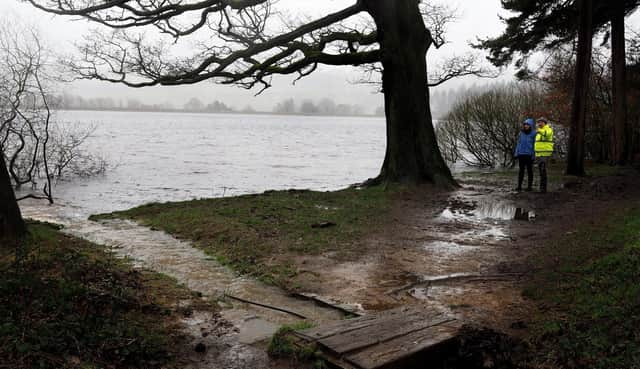

“We’ve just had the wettest February on record,” says the dripping Nabil Abbas, of Sheffield and Rotherham Wildlife Trust. “And last year was the wettest autumn since records began in the 1880s.” One of Nabil’s jobs is to try to do something about all this rain. The phrase, he says, is ‘slowing the flow’.
“Sheffield is effectively in a bowl with hills all around it,” he says. “So we need to be forward thinking about how we manage water.”
Advertisement
Hide AdAdvertisement
Hide AdNabil runs Sheffield and Rotherham Wildlife Trust’s Working with Water initiative, part of the four-year Sheffield Lakeland Landscape Partnership project funded by the National Lottery Heritage Fund.
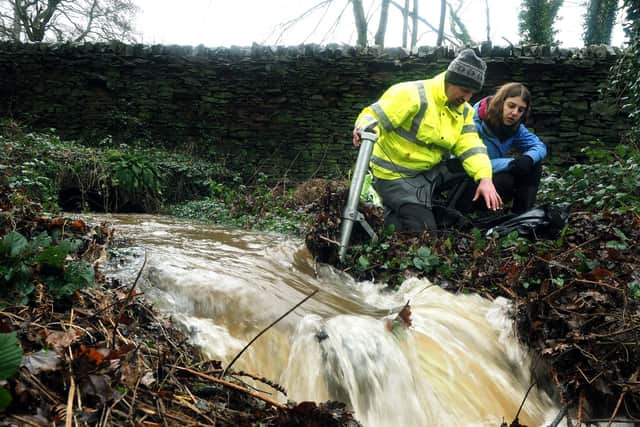

The initiative, within the higher catchment of the River Don, covers the Loxley, the Rivelin, the upper Don itself and the springs that trickle or gush down the slopes of the Dark Peak. Professionals working with water use terms like ‘one in 100’ or ‘one in 200’ to talk about the annual probability of flooding, says Roger Nowell, who works on flood management for Sheffield Council.
“However, a one-in-100 risk 10 years ago is different to one in 100 now,” he says.
Sheffield will need to build flood defences as part of a mix of interventions to cope with flood risk in a changing climate, Roger says.
Advertisement
Hide AdAdvertisement
Hide Ad“But natural flood management is definitely going to be part of our defences,” he says. “Keeping the water out of the city in the first place.”
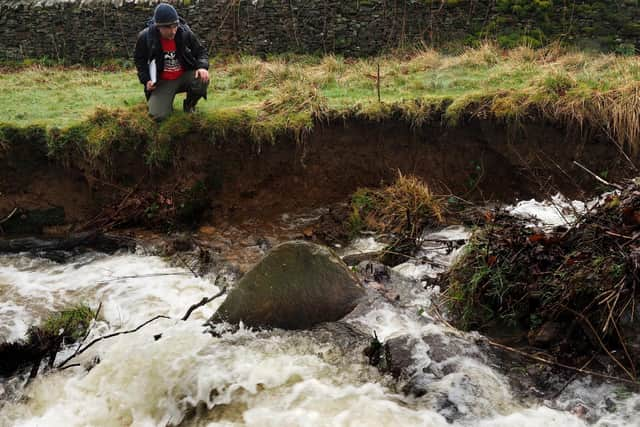

Working effectively with the water cascading down onto the hills of Sheffield’s Lakeland means working with the local people too, says Nabil, including large landowners like Sheffield Council and Yorkshire Water, local families, and the dozens of Lakeland farmers, many of whom have worked these hills for generations.
“The weather is definitely more extreme,” says Richard Hague, whose family have farmed at High Bradfield since 1948. “When it rains it goes on for days and days, and if you get a drought it goes on for ages too.”
He thinks big changes are coming for farmers, with high-intensity farming becoming a thing of the past.
Advertisement
Hide AdAdvertisement
Hide Ad“I think the more you can do to work with the environment, on waterways, on the land with nutrients and fertilisers, the better off you’ll be as a farmer,” he says.
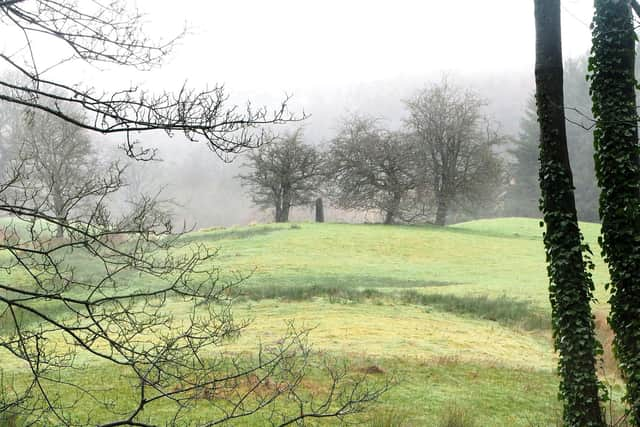

Natural flood management measures are often cost effective, says Nabil.
Many local farmers have relatively few livestock and still have areas of scrub and trees on their land, which help retain water better than heavily grazed hillsides or ploughed fields.
Building simple ‘leaky dams’ and allowing wood to fall into streams, or allowing a new pond to form in swampy field corners all help slow the flow, keep water on the land, and improve biodiversity. For example, fencing off some ponds and watercourses, and providing livestock with troughs can improve water quality and encourage wildlife like frogs and dragonflies, while also keeping livestock out of dangerous bogs.
Advertisement
Hide AdAdvertisement
Hide AdThere will be plenty of tree planting too, but the right trees in the right places, says Nabil.
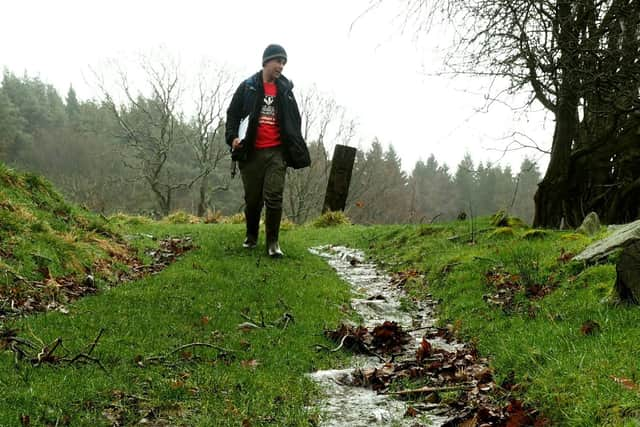

“Some people seem to think tree planting can save the world, but actually per hectare, wetlands often hold more carbon,” he says.
Battling the elements with Nabil was Dr Jonathan Bridge, of Sheffield Hallam University, whose team is monitoring how successfully the array of leaky dams, ponds, scrublands and fenced watercourses slow the flow over the next few years.
He and Anthony Downing, of the Environment Agency, are confident there will be valuable data from the probes hidden in the Lakeland’s streams.
Advertisement
Hide AdAdvertisement
Hide Ad“What we learn here will be used all over the country,” says Anthony.
A film about the ground-breaking work will be screened at The Showroom, Sheffield city centre, on April 6.
“A big part of the project is to make the rest of Sheffield realise the value of this land,” says Nabil, “and the value of the people who work it.”
For film tickets, see showroomworkstation.org.uk/highwater